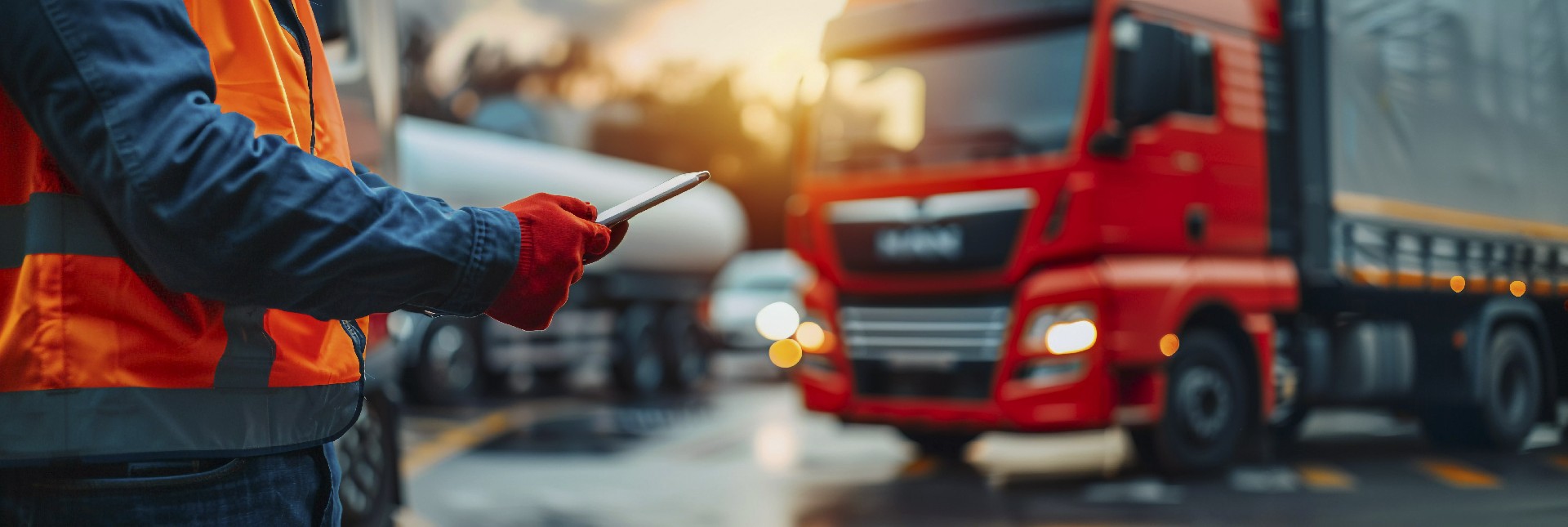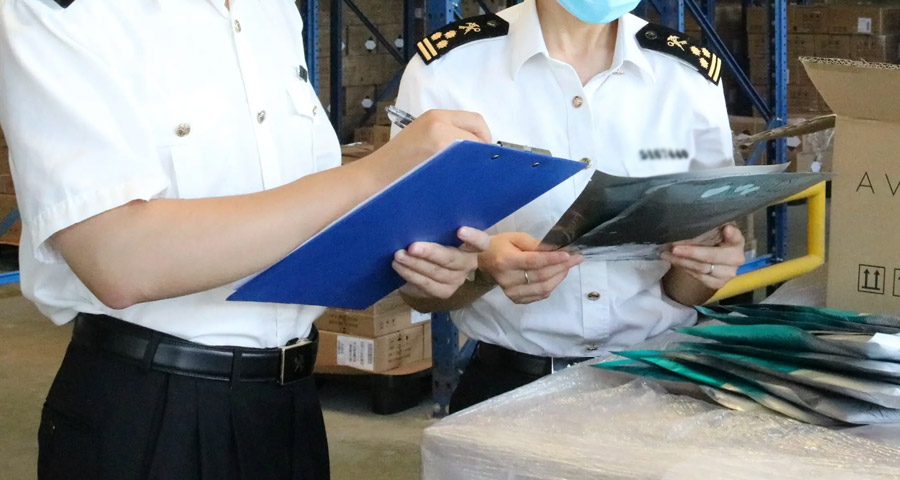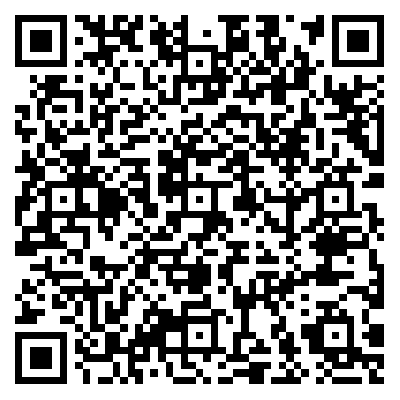

Generally speaking, the parties involved in customs declaration include the consignee and consignor of import and export goods (i.e. the actual trade buyer and seller), the person in charge of the inbound and outbound transportation vehicle (such as the person in charge of the transport ship by the shipping company, the person in charge of the aircraft by the airline, etc.), the owner of the inbound and outbound goods (such as passengers carrying personal belongings into and out of the country), and their authorized professional customs declaration companies or freight forwarding companies and other agents.
Covering import and export goods (such as various commodities, raw materials, etc.), inbound and outbound transportation vehicles (such as ships, airplanes, trains, cars, etc.), and inbound and outbound items (such as personal luggage, postal items, etc.).
When handling customs clearance procedures, customs clearance personnel need to fill out a detailed customs declaration form and attach relevant documents, such as commercial invoices, packing lists, contracts, bills of lading, certificates of origin, licenses (such as import permits, export quotas, etc.), etc., truthfully declare the true situation of the goods, items or transportation vehicles to the customs, including name, specifications, quantity, value, origin, trade mode and other information.
The customs will review the customs declaration form and accompanying documents, checking whether the declared content is true, accurate, and complete, and whether it complies with national laws, regulations, and policies. After verification, the customs will carry out taxation, inspection and other operations according to different situations. If the goods, items or transportation vehicles meet the release conditions, the customs will stamp the release seal on the relevant documents, allowing them to enter and exit the country.






